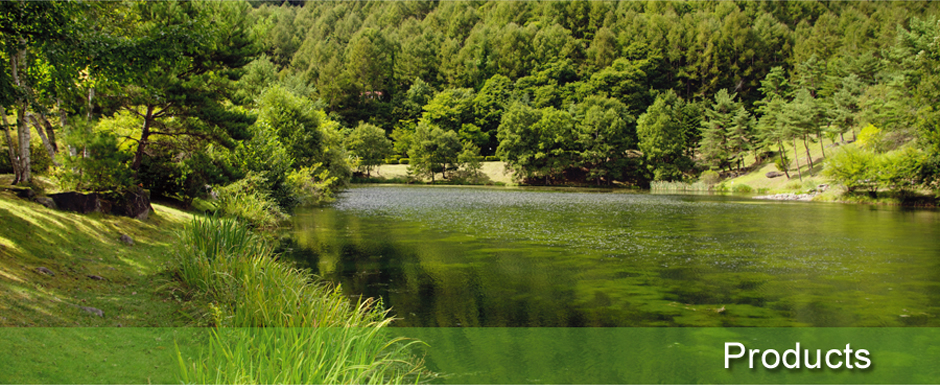 |
Introduction |
 |
|
| |
Sewage treatment may be executed either chemically or physically, but due to issues of secondary contamination and expensive costs of operation, the treatment processes are of limited use. The currently available secondary treatment process for sewage uses microbes’ to turn organic matter in the water into nutrients to maintain microbes replication and metabolism. Additionally, the organic matters are converted into either less complex intermediate products or non-hazardous final products, suitable for entry into tertiary treatment processes and drain into the environment. The microbial decomposition not only effectively removes toxic materials from the water, but also prevents secondary pollution to the environment. This product is suitable for using during the aerobic phase of the secondary biological treatment process. The aerobic microbes break down carbohydrates, fats and proteins in the water with dissolved oxygen, turning these compounds into CO2 , H2O and other by products. The breakdown speed is also faster than the anaerobic process. |
 |
Applicable |
 |
|
| . |
For treating sewage from daily living, breeding industries, food industries, dyeing and finishing industries. |
 |
Ingredients |
 |
|
| |
Combinations of bacillus subtilis, photosynthetic bacteria, yeast, lactic acid bacteria and pseudomonas with specialized organic matter decomposition functions designed for customized product. |
 |
Product functions |
 |
|
| |
1. Effectively decreases COD and BOD values in the sewage.
2. Effectively breaks down certain toxic or carcinogenic trace organic compounds.
3. Coagulates and precipitates aerosol particles that were previously not precipitated to obtain a clear effluent.
4. Effectively reduces nutrient salts such as nitrogen and phosphorus, and decreases secondary pollution in effluent.
5. Reduce sewage odor.
6. Reduce growth of filamentous bacterial and increases quantity of beneficial microbes; reduce sludge formation.
7. Eliminates or inhibits pathogenic microbes or parasitic organisms.
8. Improve water and sludge resource application. |
 |
Recommended usage |
 |
|
| |
1 liter of bacteria can treat up to 1~10 tons of organic wastewater. |
 |
Case examples |
 |
|
| |
1. Underground food court at the MRT Taipei Main Station
2. Carrefour (Sijhih, New Tamsui, Neili, Shalu)
3. Eslite Group
4. Mayfull Foods Corporation
5. Mister Donut’s central kitchen in Tucheng
6. Miramar Hotel, Hsinchu |
| |
| |
|
